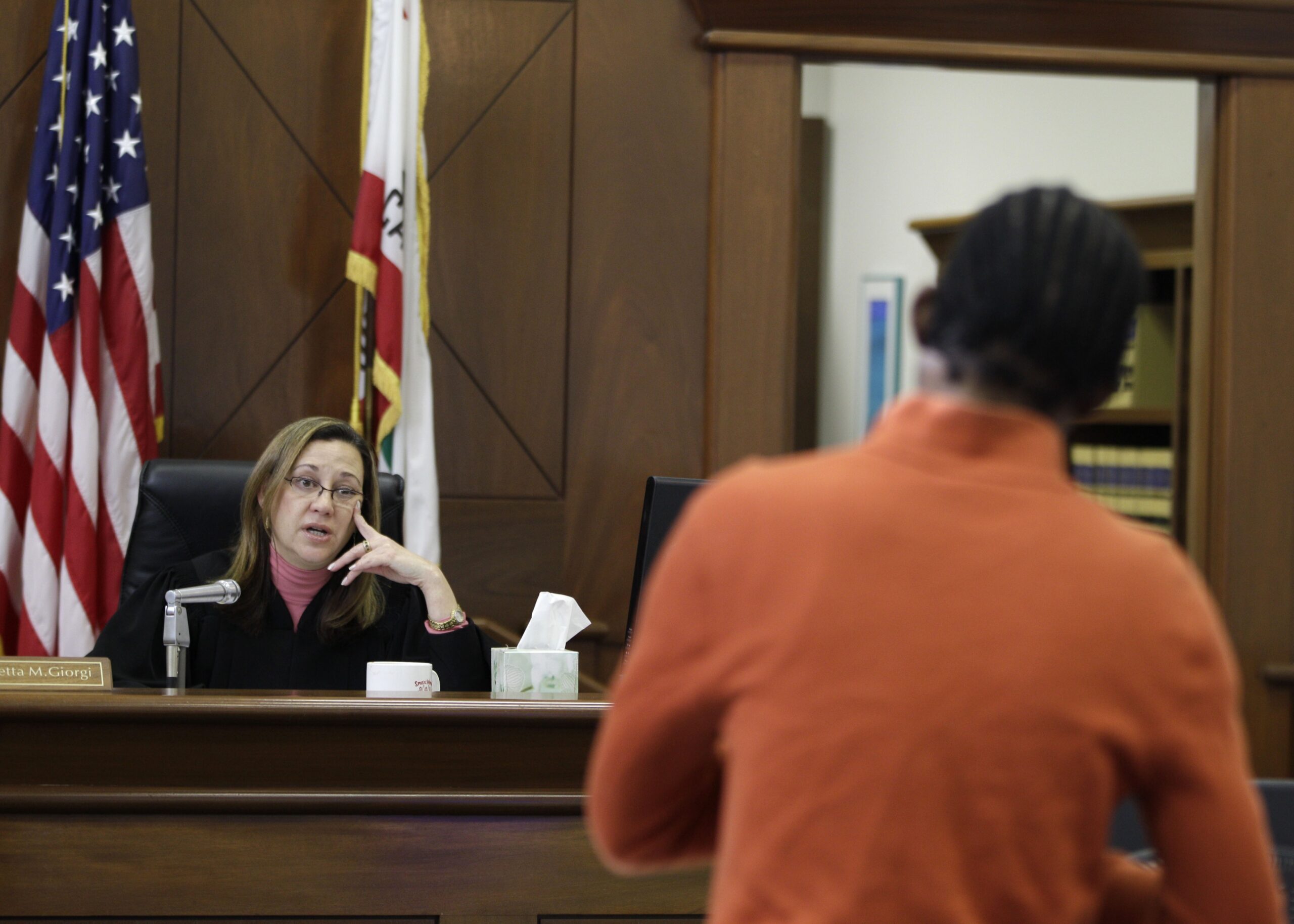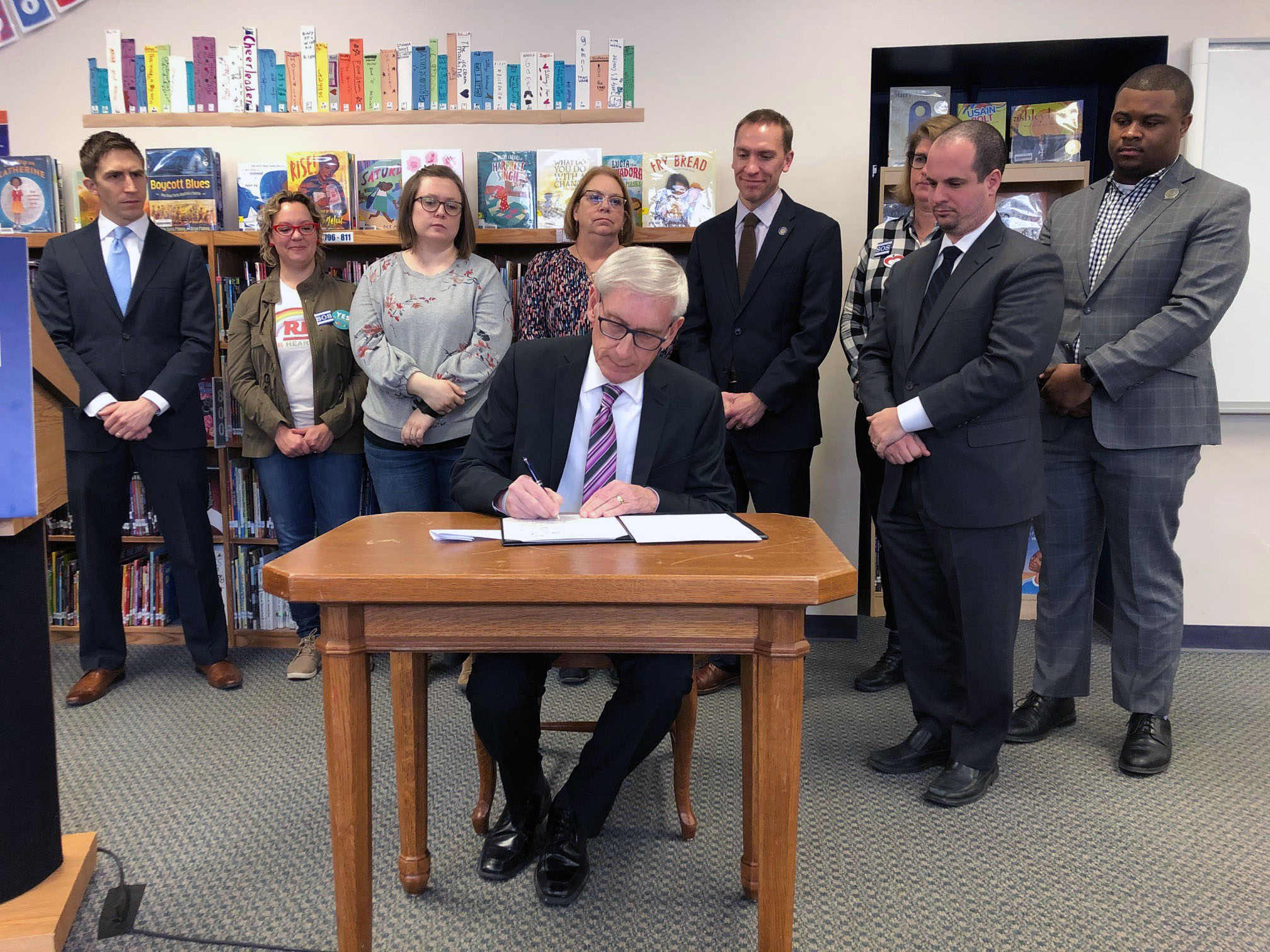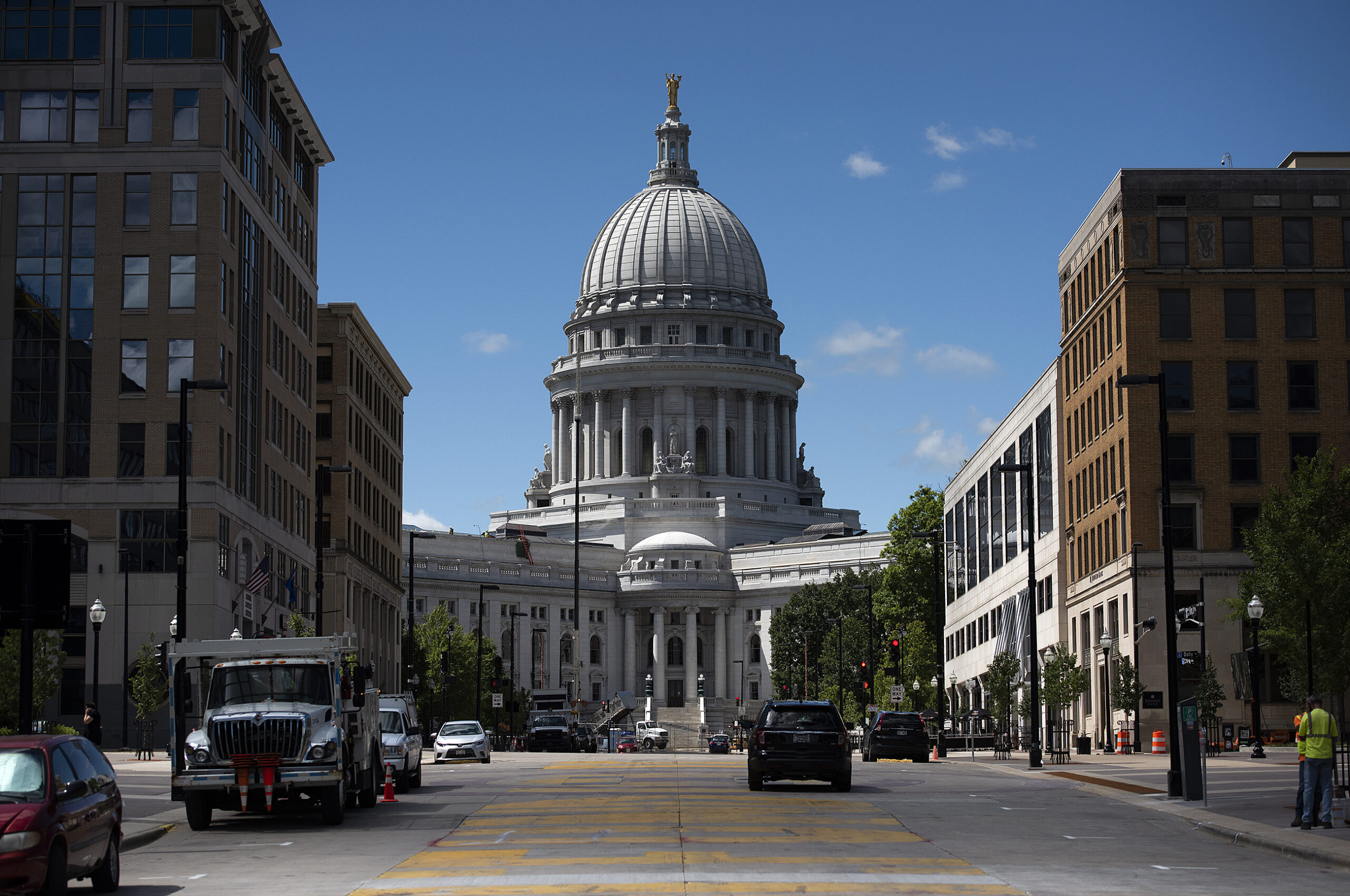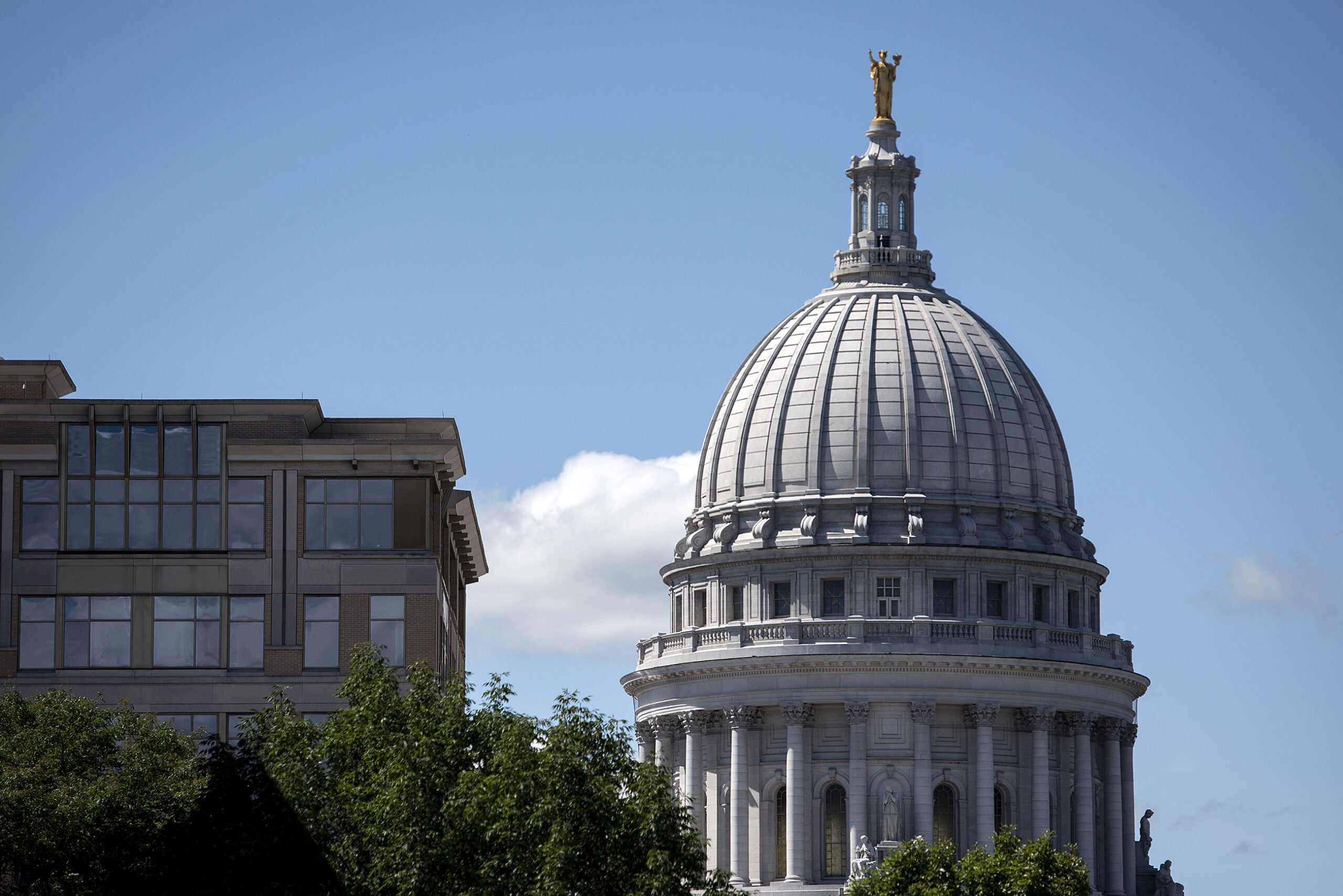Gov. Scott Walker is proposing a $4 million increase in the next state budget for programs offering alternatives to incarceration for high-risk, nonviolent drug offenders.
The governor announced his proposal at a Wisconsin Counties Association meeting Tuesday morning. The increase would bring state funding for treatment alternative and diversion (TAD) programs to $9 million from 2017 through 2019.
“Even though we’ve done a lot over the last three-and-a-half years, opioid abuse, prescription drug abuse, heroin abuse, meth increasingly now, particularly in the northwest, continues to be a problem that’s not just going to go away,” Walker said.
Stay informed on the latest news
Sign up for WPR’s email newsletter.
In recent months, counties have expressed concern about the rising cost of the addiction-related services they provide, such as a 30 percent increase in child welfare referrals from 2007 to 2015.
Forty-five counties and tribes received state funding for TAD programs for the 2017 calendar year, the state Department of Justice announced in September. The funding ranged from $26,962 for Barron County to $380,981 for Milwaukee County.
“These programs are proven to help people suffering from addiction become and remain contributing members of society,” said Rep. John Nygren, R-Marinette, in a prepared statement Tuesday. “The success of TAD programs also acts as a cost-saving measure, lessening budgetary pressures in our state’s correctional system.”
Nygren sponsored the collection of bills, known as the HOPE agenda, during the last legislative session, all aimed at combating the state’s opioid epidemic. The epidemic is expected to be a major focus of the current legislative session as well.
Walker is also proposing an increase in funding for county drug courts by 30 percent in the next biennium. That would amount to a $150,000 increase per year.
Several other proposals were also unveiled Tuesday morning, the day before the governor is scheduled to give his budget address before the state Legislature.
Among additional proposals is an initiative to provide long-term care to about 2,200 children with developmental disabilities, physical disabilities or severe mental health challenges currently on a waiting list for state-funded long-term care.
That will require about $14 million in the 2017-18 fiscal year and about $25 million in the 2018-19 fiscal year – a total of about $39 million over the biennium.
“We’re putting our money where our mouth is, to help assist and work with you on the county level,” Walker said.
The governor also proposed increasing funding for counties’ children and family aids, which pay for county child welfare services, by $1.25 million in fiscal year 2017-18 and $5 million in fiscal year 2018-19. That’s less than many counties were hoping for.
According to the Wisconsin Counties Association, more than 40 counties across the state passed resolutions requesting a 10 percent annual increase in children and family aids, which would amount to $6.8 million per year.
Foster care and kinship care rates would also get a bump under the governor’s plan, increasing from $232 to $238 in calendar year 2018 and from $238 to $244 in calendar year 2019, as would nursing home provider rates, which would increase 2 percent in each fiscal year.
The head of the Wisconsin Counties Association lauded the governor’s proposals.
“Gov. Walker’s announcements today highlight significant investment in critical county services,” said Mark D. O’Connell, executive director of the association.
The governor also unveiled his budget proposal for the University of Wisconsin System on Tuesday, including a 5 percent tuition cut for in-state residents and a $100 million funding increase.
Wisconsin Public Radio, © Copyright 2024, Board of Regents of the University of Wisconsin System and Wisconsin Educational Communications Board.





